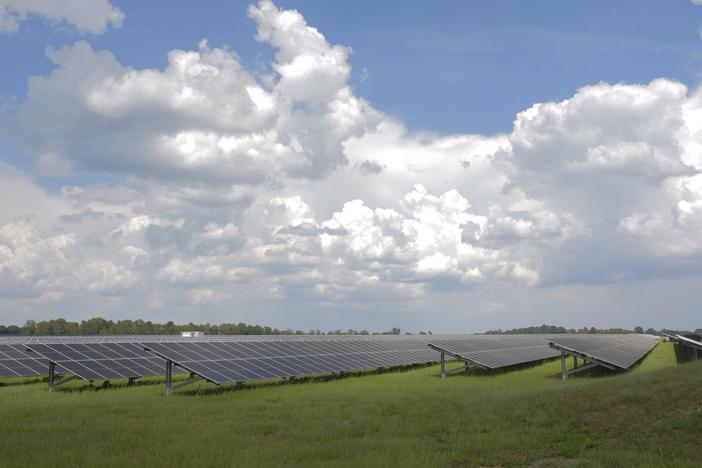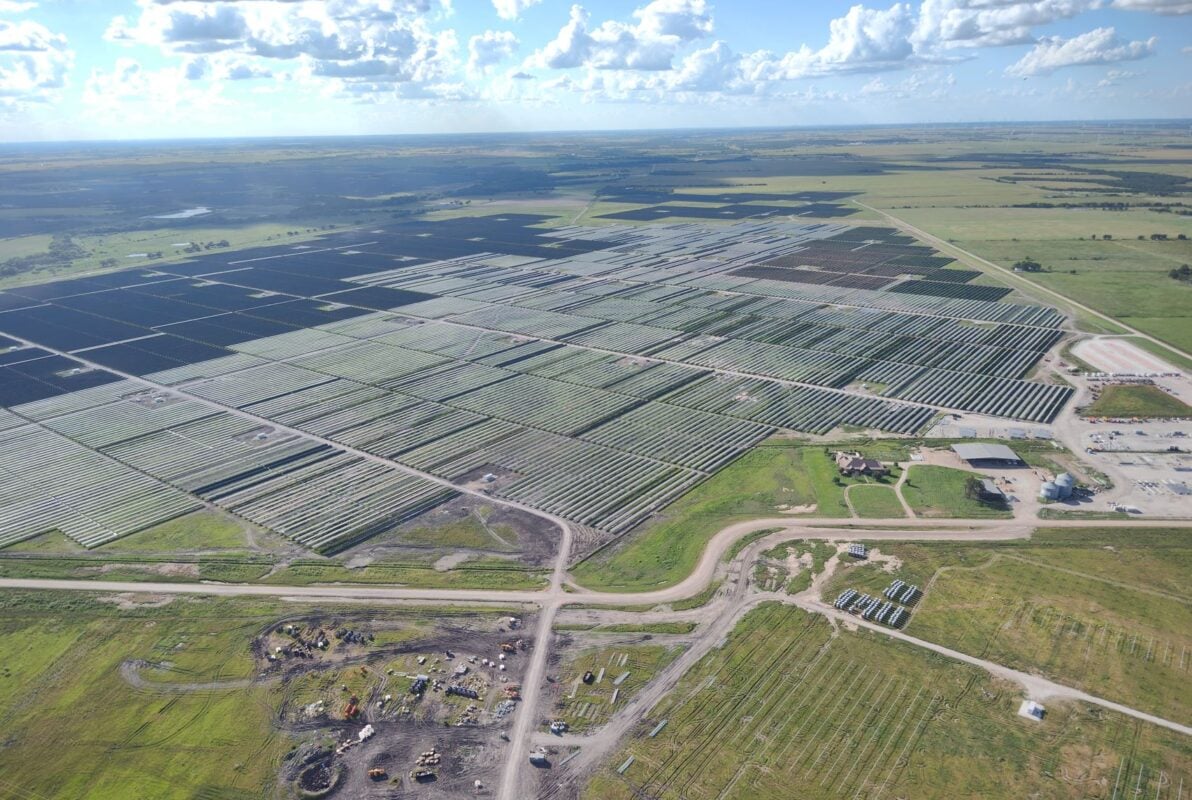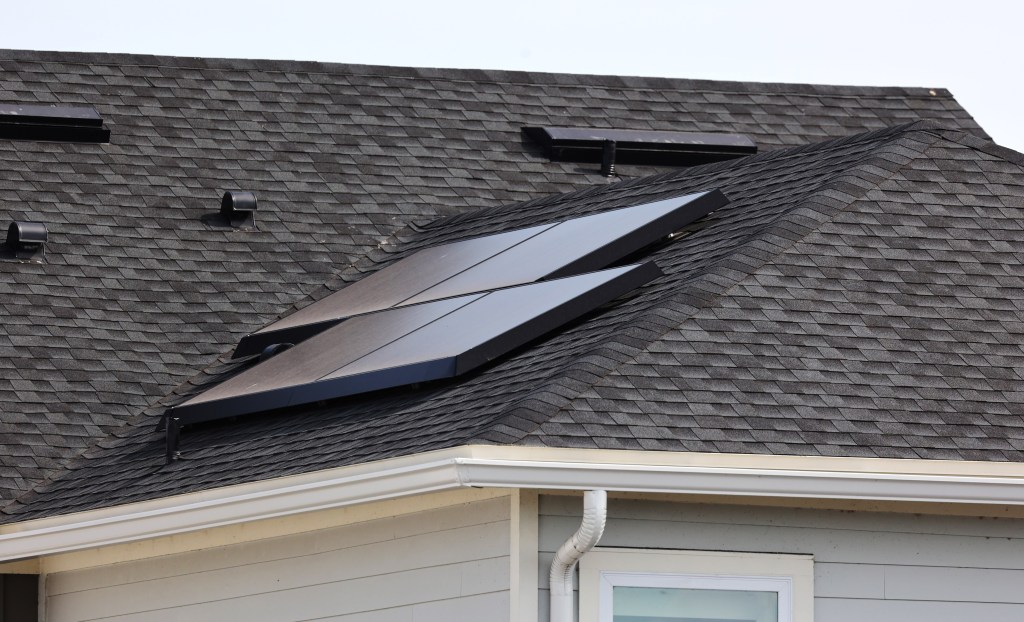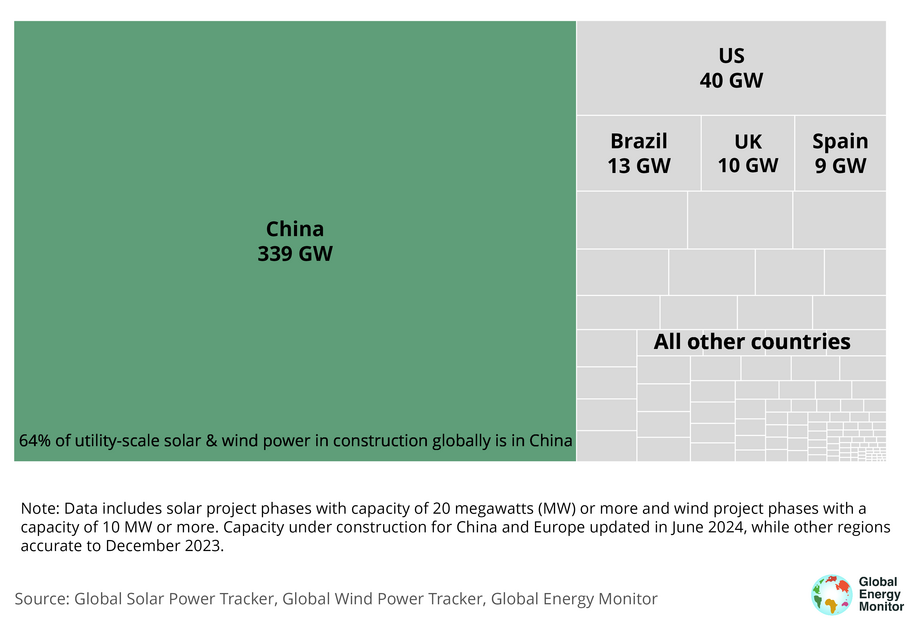Georgia utilities earned high marks this year in their annual report on the state of solar energy in the south.
In its Solar in the Southeast report, the Southern Alliance for Clean Energy notes that Georgia Power ranks fourth among 14 major regional electricity providers in a key measure: solar energy produced per customer, or W/C.
As a state, Georgia trails only Florida in solar energy in this metric.
But the report cites the growth of data centers as a major challenge to the pace of deployment of new solar energy. This is driving energy demand growth to unprecedented levels, making carbon-emitting natural gas more attractive to utilities in the short term.
This was evident when Georgia Power made an extraordinary change to its approved generation mix this year.
But the SACE report still predicts that Georgia’s solar generation will double by 2025 with NextEra Energy’s 260-megawatt project in Wadley, southwest of Augusta, and more projects from Georgia Power expected in the next Integrated Resource Plan.
If this projected doubling holds true for Georgia Power, it would mean the company would generate about half as much solar power in 2025 as the nuclear-powered Vogtle Plant.



